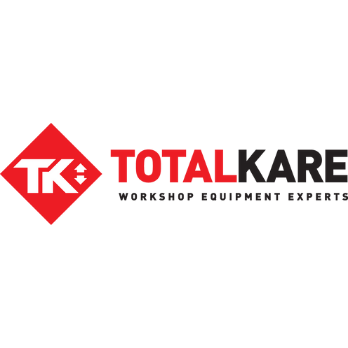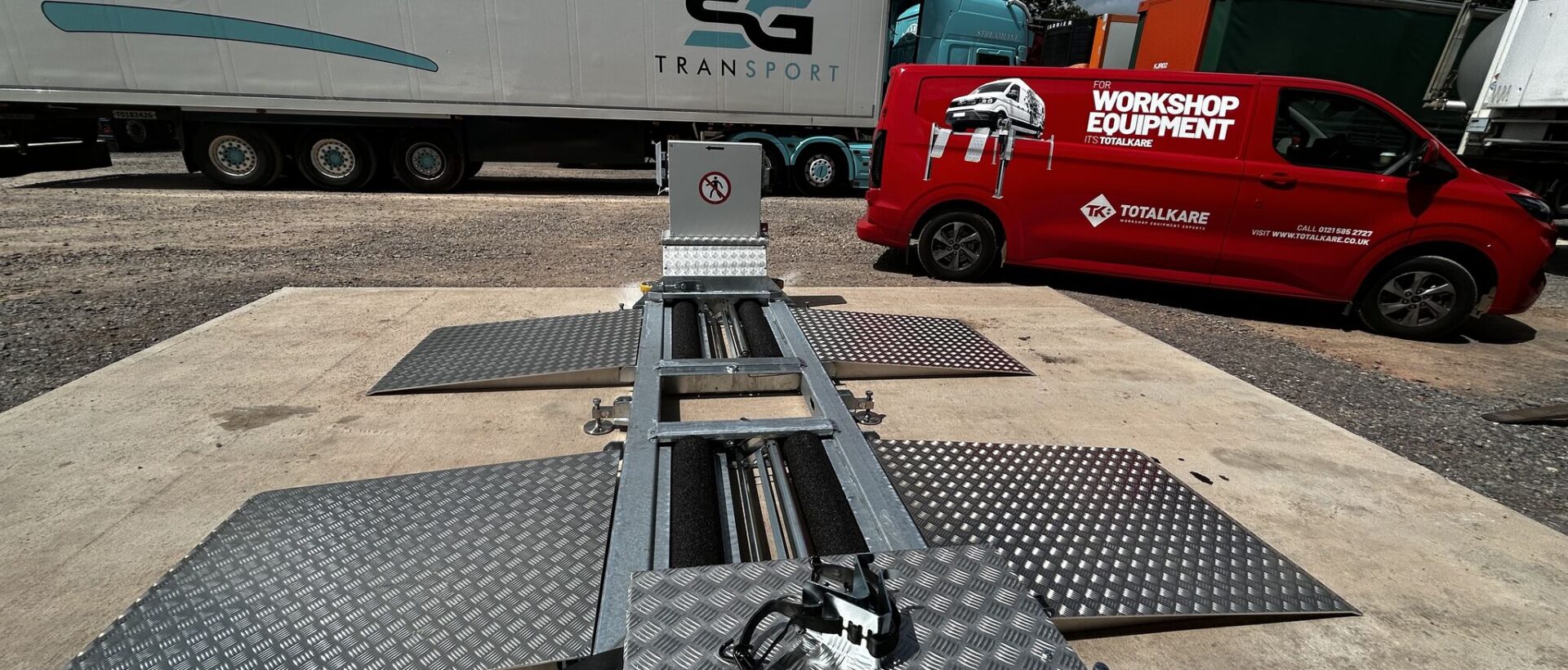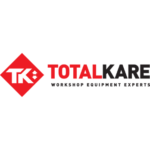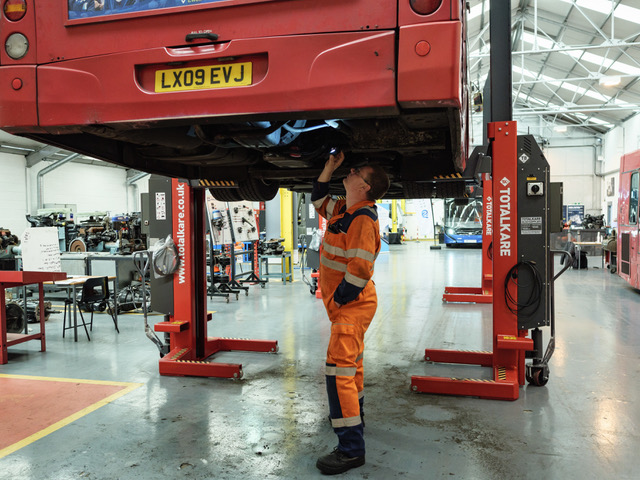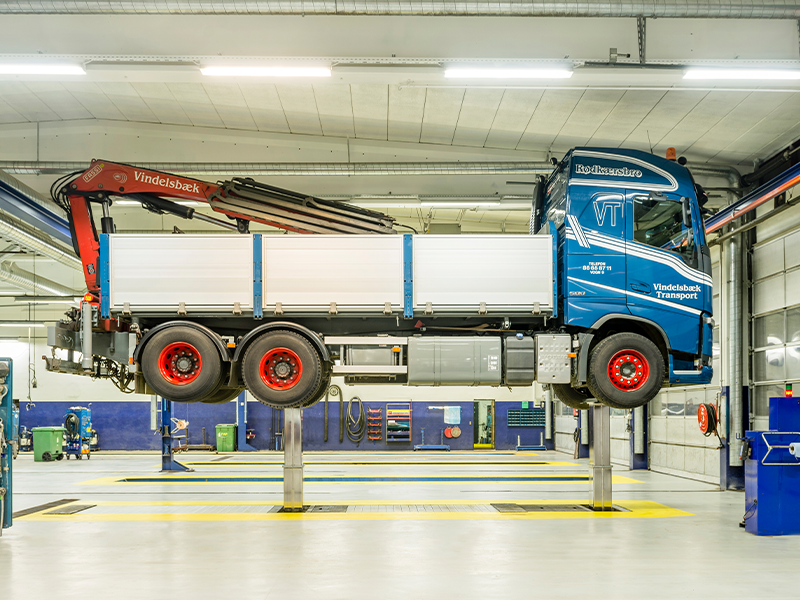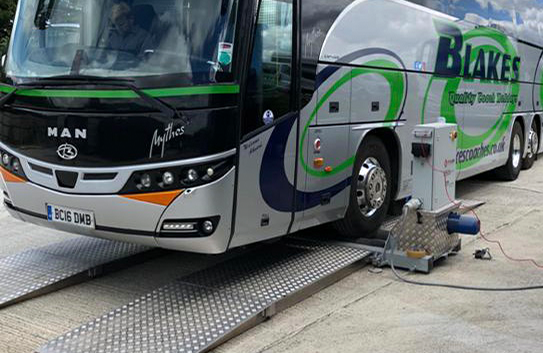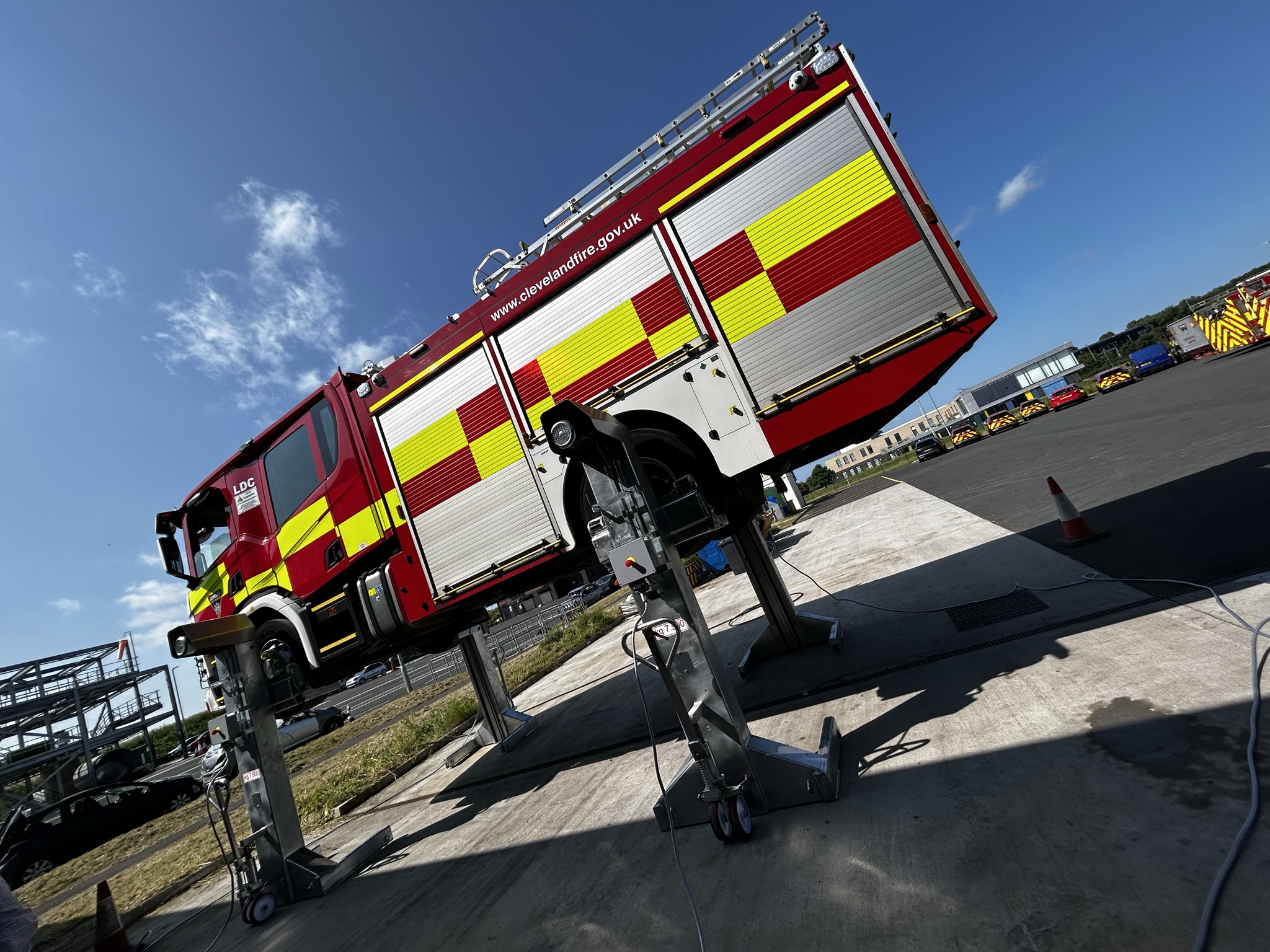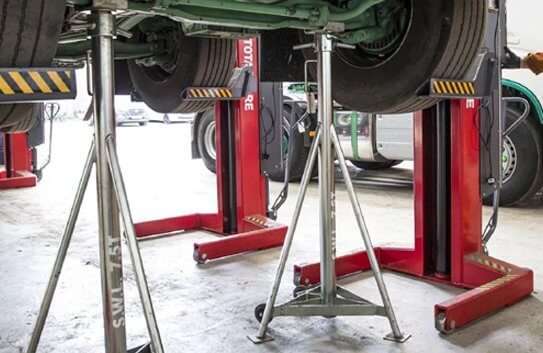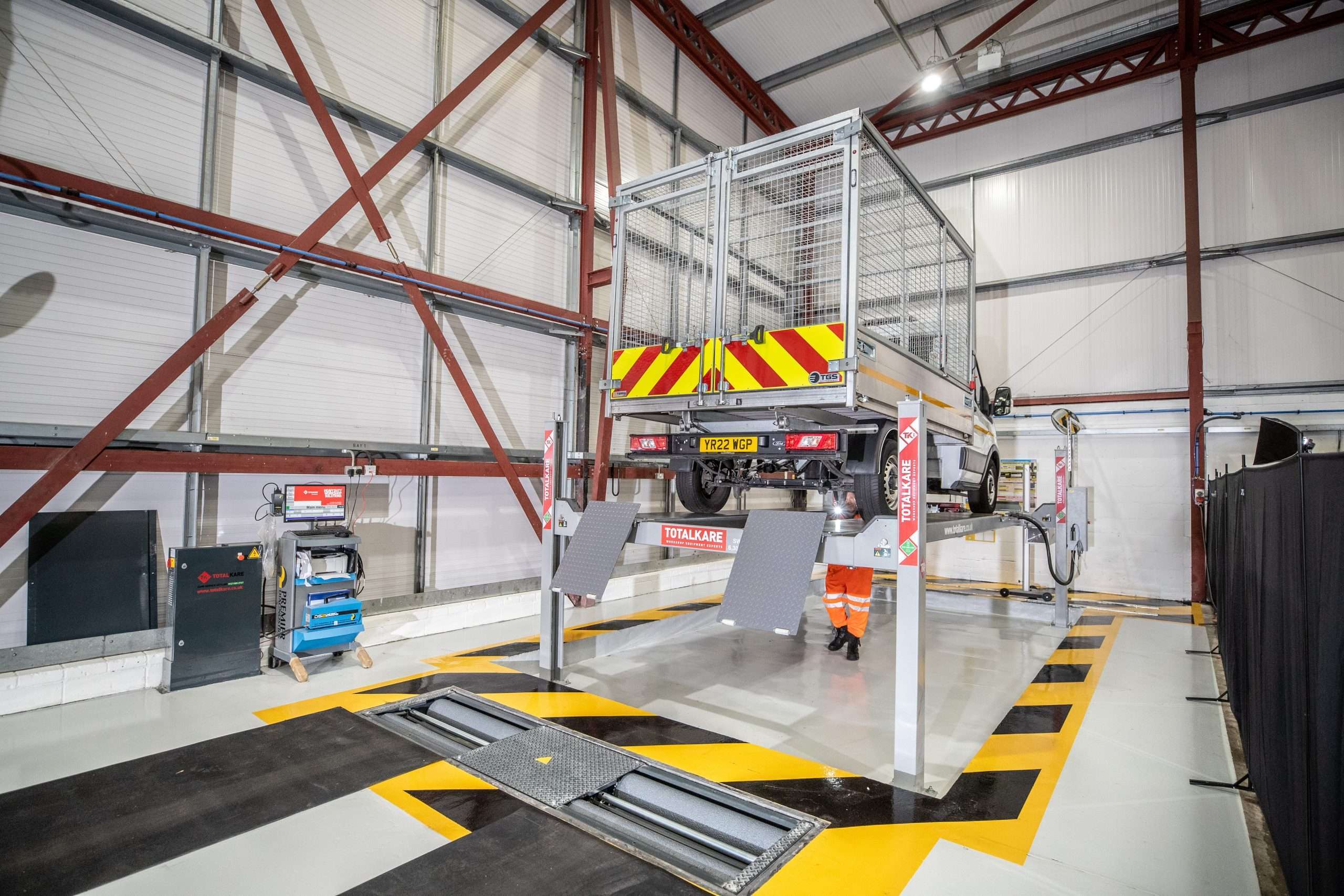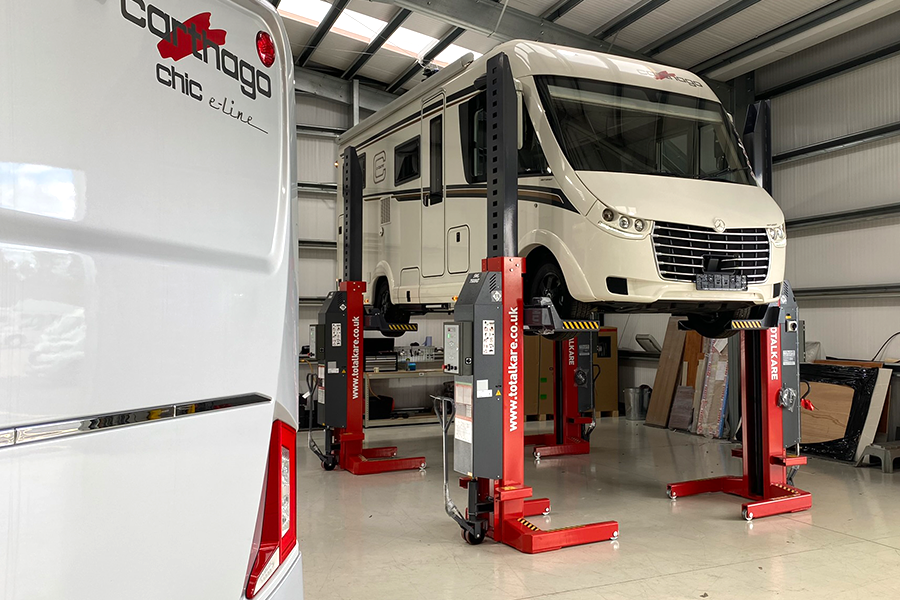The 5 Safety Features That Every Vehicle Inspection Pit Needs
Workshops used to have their doubts about vehicle pits back in the day.
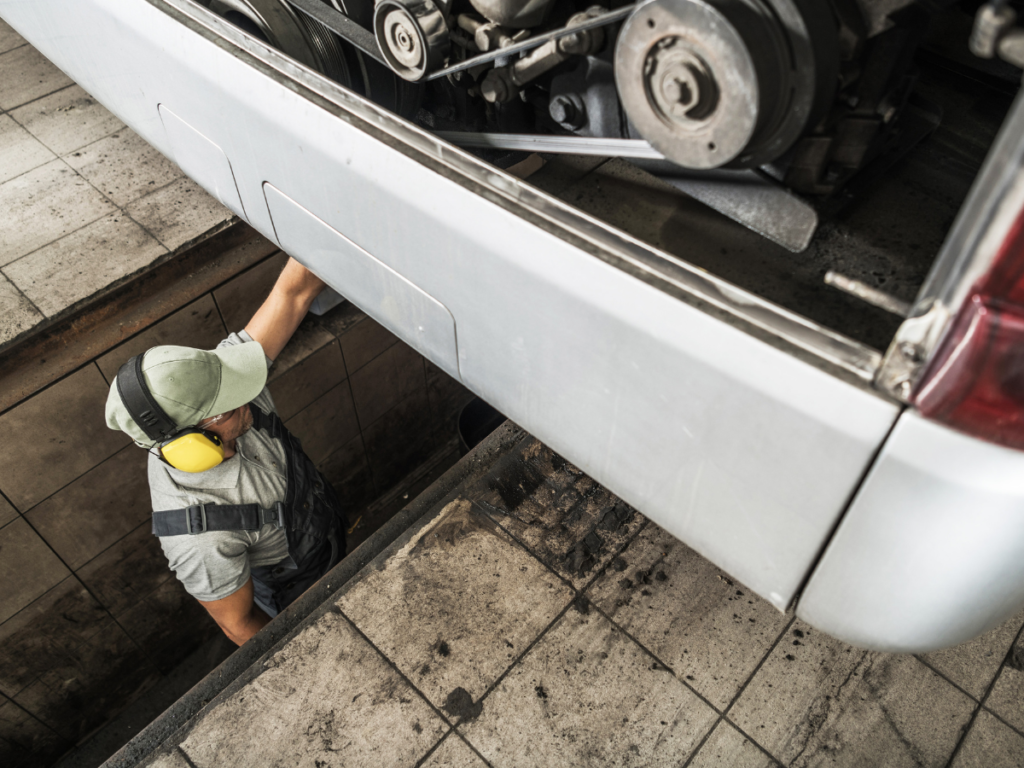
But today’s technology has come a long way — and so has the industry’s approach to health and safety.
Modern vehicle pits come with a multitude of safety features and evolved designs. And with the right understanding of what to look for, you can make sure you’re investing in the best possible installation for your premises.
Here’s what you need to know about today’s vehicle pits — and the modern safety features that make them more attractive than ever before:
1. Markings and Signage
Just like any workshop equipment, a vehicle pit comes with some risk. But a large chunk of those risks can easily be mitigated with one simple precaution:
Creating awareness.
Any high-quality vehicle pit that’s installed by a reputable supplier will come with markings and signage as standard — with the aim of making it almost impossible for your teams to ignore the location of your pit (and the hazardous areas that come with it).
So what does that mean in practice?
- It means making sure you’re choosing a pit that’s installed with:
- High-visibility paint at the edges of the pit
- Highlighted pit edges (around 150mm wide) as a guide for your drivers
- Strategically placed mirrors to help your drivers see their own wheels
- And clear and obvious signs to keep your teams alert (such as “OPEN PIT”).
2. Pit Covers
When we think about safety, it’s easy to focus on an inspection pit as it’s being used: the vehicles driving into position, and the technicians climbing in and out.
But an unused pit is easier to overlook. Without the activity and movement of being physically occupied, an empty pit is harder to notice — and that can lead to complacency and reduced awareness from your teams.
So what’s the solution?
As well as visual signs and markers, you can add physical barriers to keep your pit safe when it’s not in use.
The best vehicle inspection pits come with options for robust pit covers — a temporary ‘floor’ that slides into position to create a sturdy platform for your technicians to step on.
With the right pit cover in place, there’s effectively zero chance that anyone can take a misstep. And with options for pit covers that can comfortably hold the weight of a person, your teams can use the pit cover while they’re servicing vehicles — so they can carry out work at ground-level without the need to reposition the vehicle.
3. Guardrails and Chains
Markings and signage are an essential visual warning for any pit installation. But for an extra level of safety, the best pits will come with options for physical boundaries, as well as visual ones.
When your teams are distracted or busy and stressed, they might not always notice high-visibility paint and signs. But with the added precaution of guardrails and chains around the edges of your pit, they’ll get a tactile reminder that can’t be ignored.
(And if they’re moving at speed from a trip or a fall, a guardrail or a chain can physically catch them in a way that warning signs wouldn’t.)
But these physical barriers aren’t just important for the edges of the pit. They’re essential for any steps, ladders, or bridges that come with your pit — to ensure the safety of your teams as they carry out movements in their most vulnerable positions.
4. Anti-slip Surfaces
No matter how well you train your staff (and how carefully they carry out their work), there’s always a chance of a slip or trip. And in an environment where liquids and oils can leak or spill at any time, it’s crucial to do what you can to make every step as safe as possible.
That’s why every high-quality pit installation will come with anti-slip textures on as many surfaces as possible — both around the edges of the pit itself, and on every ladder and set of stairs that your teams use.
5. Lighting
Just like any other working area where you need precision and accuracy, the right lighting in an inspection pit is essential to safe working.
But it’s not just about creating a well-lit area to help your teams move safely and see the job at hand:
It’s about choosing the kinds of lights that are safe for use in a contained area.
A vehicle pit is a restricted space that doesn’t always have the same ventilation as the ground-level spaces in your workshop. That means you need to choose lights that are suitable for potentially flammable or explosive environments.
That’s why our Vehicle Inspection Pits comes with low-heat LED lighting, with an IP rating that makes them resistant to water and particles — so your teams can work safely in the restricted area below ground in your pit.
Ready to See How Safe a Pit Can Be?
No matter where you go for your workshop’s new pit, you should always be looking for the highest level of safety features — from a reputable supplier that’s experienced with installations.
And lucky for you, we’ve got both of those right here.
Our Vehicle Inspection Pits are some of the safest around, with all the modern safety features you’d expect from a commercial piece of kit. And our dedicated teams have successfully carried out countless installations of vehicle pits for workshops and fleet operators just like you — with safety and efficiency as our top priority.
So if you’re looking for an upgrade for your premises — or you just want to know more about vehicle pits — get in touch with one of our experts and we’ll show you exactly what a modern pit can do.
This article was originally published by Totalkare.

